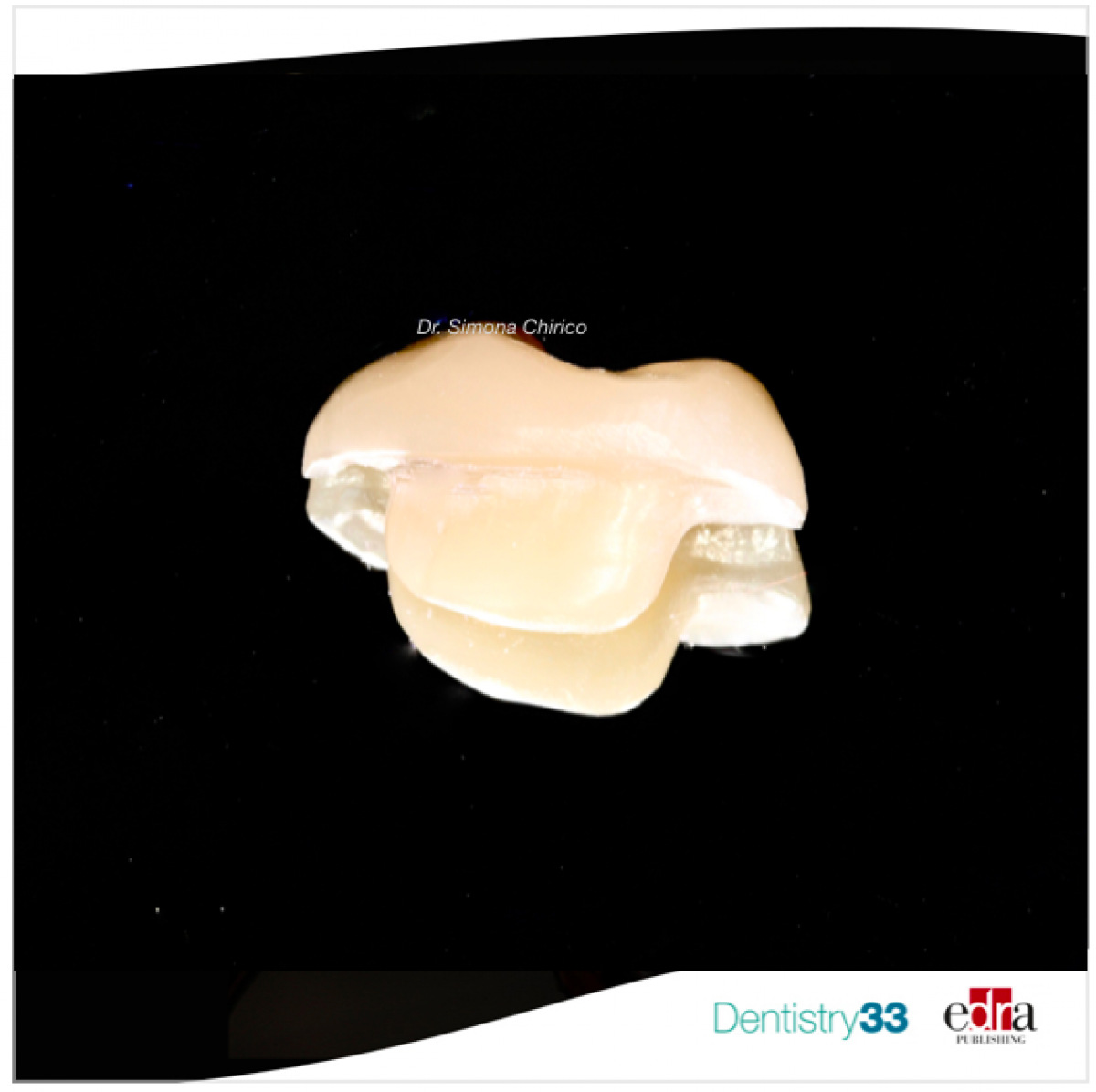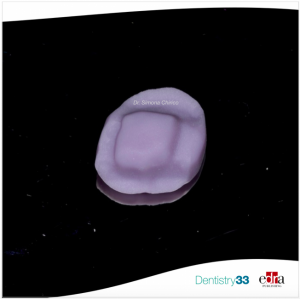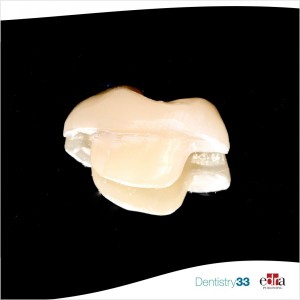
Endocrown VS Crown+Post: which is the best restoration for endodontically treated teeth?
Simona Chirico
The restoration of endodontically treated teeth is still a discussed topic in dentistry. Today, the most common restoration for endodontically treated teeth involves post and crown, even if we know that posts increase the risk of root fractures and weaken the teeth.
With progress in the development of adhesive techniques, the emergence of minimally invasive dentistry changed the conception of using post and crown in every situations. In recent years the use of endocrown, as a restoration for endodontically treated teeth, has been spreading more and more and it has recorded excellent results not only in “in vitro” studies, but also in “in vivo” ones.
So, which is the best restoration for endodontically treated teeth?
A recent review, published on the Journal of Prosthetic Dentistry by Govare and Contrepois, answered to this question and analyzed several aspects, but below we will report only a summary of the main data.
Materials and methods
8 clinical studies were selected, in which they investigated: survival rate and failure modes .
Results
• Survival rate:
Endocrowns For molars: 90% from 6 months up to 10 years. Similar results for crowns.
Endocrowns For premolars: 68% and 75% at 55 months and 10 years. Instead for crowns 94%-95%.
• Failure modes:
For endocrowns: 53% loss of retention,
14% periodontitis,
14% chipping of endocrown
For crowns: 53% crown fracture,
23% vertical root fracture,
19% irreversible pulpitis.
Conclusions
For the restoration of extensively damaged endodontically treated molars, the results of clinical and in vitro studies agree that endocrowns are an excellent treatment solution in the short, medium and long terms.
In case of premolars, the data aren’t as encouraging as the molars and it would be necessary to carry out other studies to deepen the issue.
In conclusion, the use of endocrown to restore endodontically treated molars guarantees to be less invasive and more conservative with the remaining dental structure.
For additional information: Endocrowns: A systematic review.
 Related articles
Related articles
Endodontics 28 February 2023
Chirico works in private practice in Milan and Desio, Italy. Her principal areas of expertise are digital dentistry, endodontics and restorative dentistry. ...
Prosthodontics 12 February 2023
There are various types of materials used to perform this type of restoration. But which of these has a better mechanical behavior?
Prosthodontics 09 September 2022
Evaluation of Endocrown preparation and fracture resistance in endodontically treated teeth
Lateral-posterior teeth, after endodontic therapy, require adequate restorations to re-establish masticatory function and minimize the risk of fracture, as well as ensure a perfect seal to prevent...
Prosthodontics 11 May 2022
How much does the thickness of lithium disilicate affect the fracture resistance of the endocrown?
The restoration of severely damaged endodontically treated teeth is still a discussed topic in dentistry. Today, the most common restoration for endodontically treated teeth involves post and crown,...
Endodontically treated teeth restored with crowns are reported to have an higher success rate compared with endodontically treated teeth restored without cuspal coverage. Furthermore, modern adhesive...
 Read more
Read more
Much like EMTs rushing to the scene after an accident, stem cells hurry to the site of a skull fracture to start mending the damage. A new finding has uncovered the signaling mechanism that triggers...
Products 05 November 2025
SimplyTest has launched a groundbreaking saliva-based test to detect high-risk strains of oral human papillomavirus (HPV), a major cause of oropharyngeal cancers.
News 05 November 2025
Perimetrics, Inc., a dental technology company pioneering quantitative diagnostics, announced today that the U.S. Food and Drug Administration (FDA) has granted clearance for the InnerView...
News 05 November 2025
On October 15, open enrollment for Medicare began nationwide. Hundreds of thousands of seniors in New Jersey will once again face the challenge of finding the right Medicare coverage, including the...
Digital Dentistry 04 November 2025
Digitalisation is an expanding field in dentistry and implementation of digital teaching methods in dental education is an essential part of modern education.















